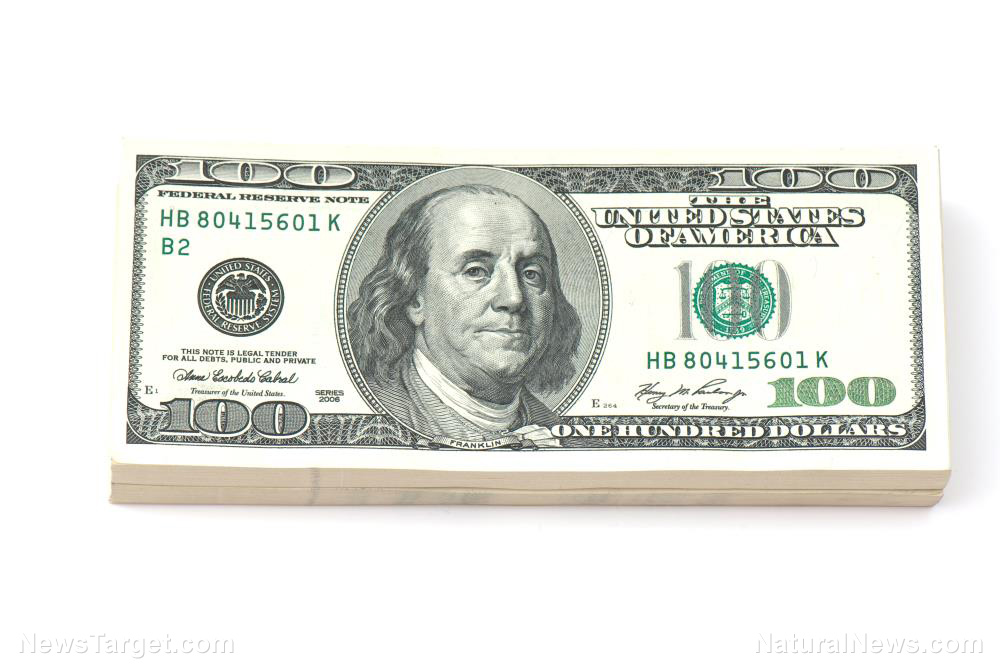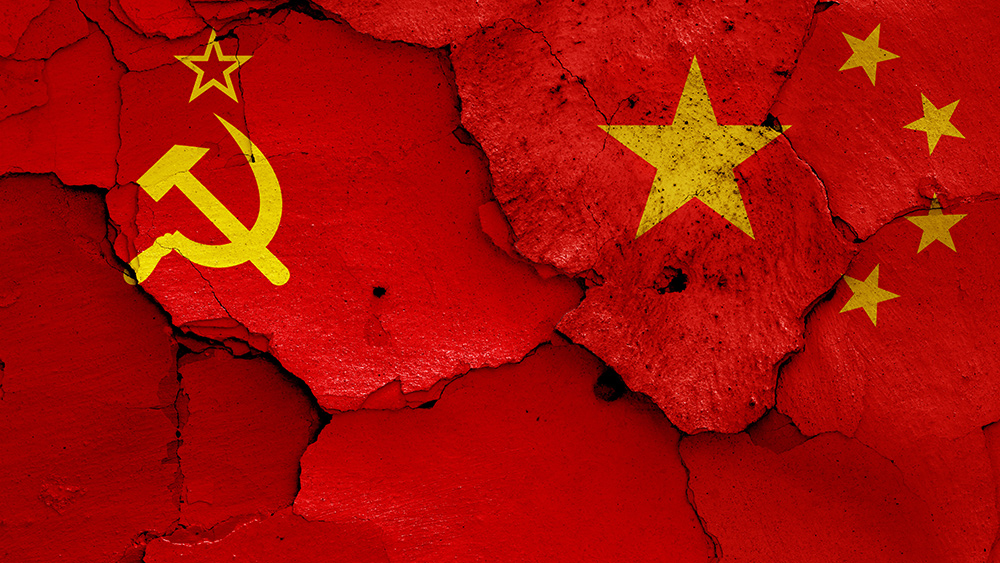EU to give Ukraine weapons and aid using profits from frozen Russian assets
05/10/2024 / By Cassie B.

The European Union will be taking the profits that the Russian assets they froze have earned and sending them to Kiev to fund its war efforts.
This is according to an announcement made by the EU yesterday that a tentative breakthrough deal has been reached regarding the handling of frozen Russian assets. Right now, there are more than $200 billion worth of Russian funds that are being held in the Belgian clearinghouse Euroclear after they were frozen shortly after the Ukraine conflict broke out in February 2022. This deal could bring Ukraine as much as $3 billion a year in profits depending on interest rates.
EU ambassadors have agreed on how to spend the profits of the immobilized Russian assets, although the bloc’s member states will still need to officially endorse the agreement reached by the ambassadors. Around 90% of these profits will be used to purchase arms for Ukraine, while 10% will be devoted to non-military aid. The first round of aid from this source of funding is expected to be sent in July.
However, Euroclear intends to keep 10% of the money before it sends the remainder to the EU as a buffer in case Russia launches future litigation. Belgium also reduced the fee that will be charged by Euroclear to handle the assets to just 0.3% to free up more money for Ukraine in a last-minute concession.
Another concession that helped the deal go through was an offer to neutral countries such as Ireland, Austria, Cyprus and Malta to opt out from buying weapons and limit themselves solely to offering humanitarian aid to Ukraine.
EU pushed back against calls to seize all frozen Russian assets
What to do with the frozen Russian assets has been a subject of hot debate, with the U.S. proposing seizing them completely. However, the EU has pushed back, partly out of concerns that other major international investors might lose trust in the European Union. Russia has said that seizing the money would constitute a violation of international law as well as theft, in addition to compromising trust in western currencies.
In addition, Russian Finance Minister Anton Siluanov warned earlier this year that if frozen Russian assets are indeed seized, they will retaliate. It is estimated that the total amount of foreign direct investments in the Russian economy by the European Union, G7 nations, Switzerland and Australia amounted to $288 billion at the end of 2022.
European Commission President Ursula von der Leyen applauded the move, stating: “There could be no stronger symbol and no greater use for that money than to make Ukraine and all of Europe a safer place to live.”
Ukrainian Prime Minister Denys Shmyhal and other Ukrainian officials have called on the European Union and G7 nations to go further, confiscating all of the assets and giving to them to Ukraine to use for its defense and recovery.
The U.S. has recently made some moves toward directly seizing Russian assets, but it is believed that they are unlikely to do so without first getting approval from other Western nations. Nevertheless, President Biden recently signed legislation that would allow him to seize Russian foreign exchange reserves in the U.S. as part of the Rebuilding Economic Prosperity and Opportunity for Ukrainians Act. A task force has identified more than $5 billion belonging to the Russian central bank in the American banking system.
Sources for this article include:
Submit a correction >>
Tagged Under:
big government, chaos, conspiracy, dangerous, EU, finance riot, insanity, military tech, money supply, national security, Russia, Russia-Ukraine war, sanctions, twisted, Ukraine, weapons tech, WWIII
This article may contain statements that reflect the opinion of the author
RECENT NEWS & ARTICLES
COPYRIGHT © 2022 RussiaReport.news
All content posted on this site is protected under Free Speech. RussiaReport.news is not responsible for content written by contributing authors. The information on this site is provided for educational and entertainment purposes only. It is not intended as a substitute for professional advice of any kind. RussiaReport.news assumes no responsibility for the use or misuse of this material. All trademarks, registered trademarks and service marks mentioned on this site are the property of their respective owners.



















